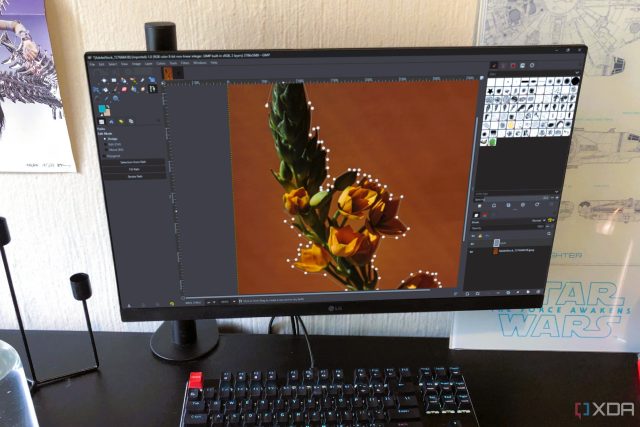When I first started using GIMP, it was easy to hold it up to Photoshop’s standards and notice how different GIMP was and where it fell short. But after spending more time with GIMP, I also started to notice a few things it actually does better than Photoshop.
GIMP might not have the brand power or the Adobe polish, but it has a growing list of tools and features that go deeper, work smarter, and offer more creativity and control than its commercial counterpart. Here are some things that GIMP brings to the table that Photoshop either doesn’t do as well, or simply not at all.
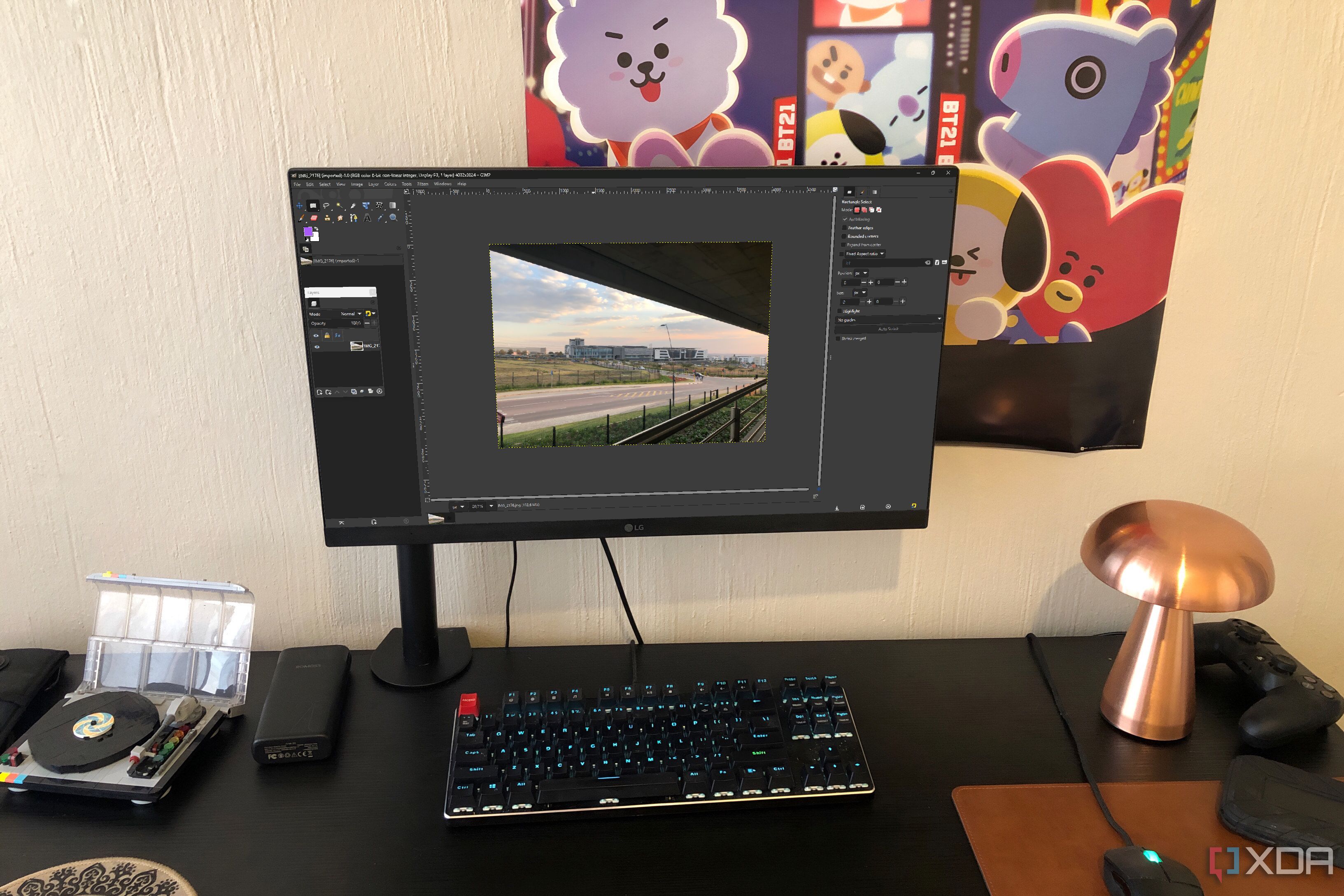
Related
8 ways GIMP isn’t just a Photoshop alternative
It’s a powerful tool with its own strengths
It’s better than some of Photoshop’s selection tools
GIMP’s Foreground Select tool doesn’t get enough love, but it’s one of the software’s best secret weapons, unlike Photoshop’s Quick Select and Object Select tools, which rely heavily on AI guesses and tend to either over-select or miss fine details, GIMP’s approach is more hands-on and precise. Sure, it takes a little longer, but you end up with better selections.
You draw a rough outline around your subject, scribble over the area you want to keep, and GIMP will analyze the pixels and refine the selection based on your input. There is also a host of controls to further customize your selection, such as drawing mode, edge feathering, stroke width, and even different matting engines to choose from, which different developers design.
It feels a bit old school, but that’s exactly what makes it better — you stay in control of nearly every pixel selected. This method can handle fur, hair, and fuzzy edges (often better than Photoshop’s selection tools, which tend to give up with those details). If you’re someone who wants to guide your selection instead of fixing what an AI missed, this tool is an absolute gem.
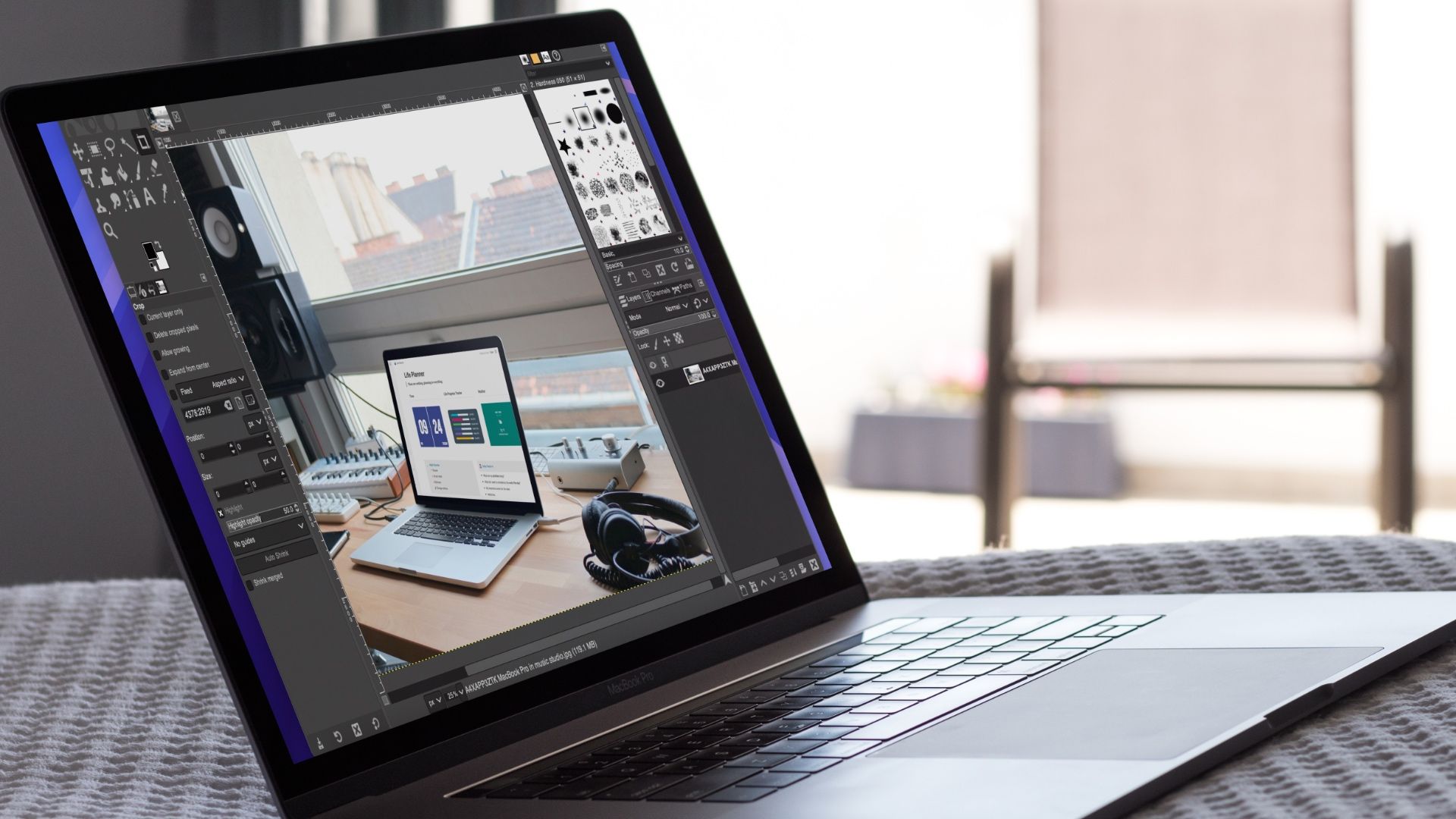
Related
5 reasons GIMP is the best free alternative to Photoshop
Why pay for Photoshop? Discover the top perks of GIMP as the wallet-friendly choice.
It’s more flexible and intuitive than the Photoshop equivalent
GIMP’s Path tool is often compared to Photoshop’s Pen + Path combo, but it has its own flavor. GIMP lets you create Bezier curves just like in Photoshop, but with smoother control over the nodes and handles. What I like most about it is how non-destructive and versatile it is. You can create a path, turn it into a selection, stroke it with any custom brush, and tweak it later without hassle.
Photoshop’s paths are powerful, but they’re more locked into a vector workflow, and stroking them with brushes feels more limited. Admittedly, it’s a tool I rarely used in Photoshop, whereas in GIMP, it fits perfectly into my pixel-based workflows. If you like making cutouts or masks, GIMP’s Path tool gives you a lot of room to play.
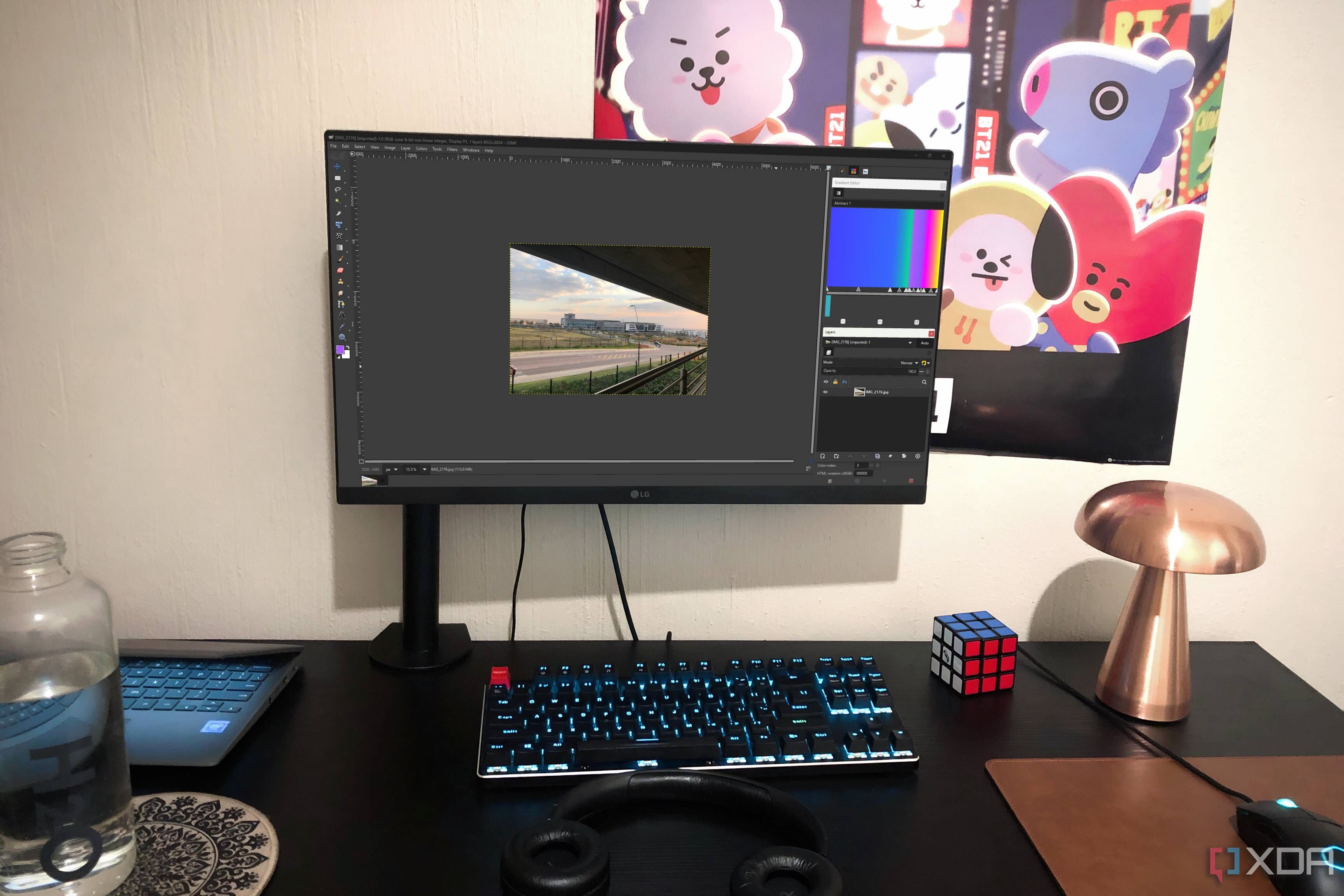
Related
5 ways to make GIMP feel more like Photoshop
Bridge the gap between Photoshop and GIMP
The best way to transform and warp a subject
This is a tool that Photoshop doesn’t have; the closest equivalent would be its Puppet Warp tool. GIMP’s Cage Transform tool is incredibly simple to use. You just draw a custom shape around the part of the image you want to transform (the “cage”), and then you grab any point of the cage to start bending or reshaping it. I feel like it gives me more control over the deformation zone than any other puppet warp tool.
Photoshop’s Puppet Warp is a bit more rigid — you’re locked into a grid mesh, and the pins sometimes pull things in unexpected ways, so it’s pretty easy to mess up your image. With GIMP’s Cage tool, you control the perimeter entirely, and you also don’t have to deal with a separate mesh editor or toggle between any tools; all of it happens in one view. The only downside is that it lags a bit, but that doesn’t deter me from using it.
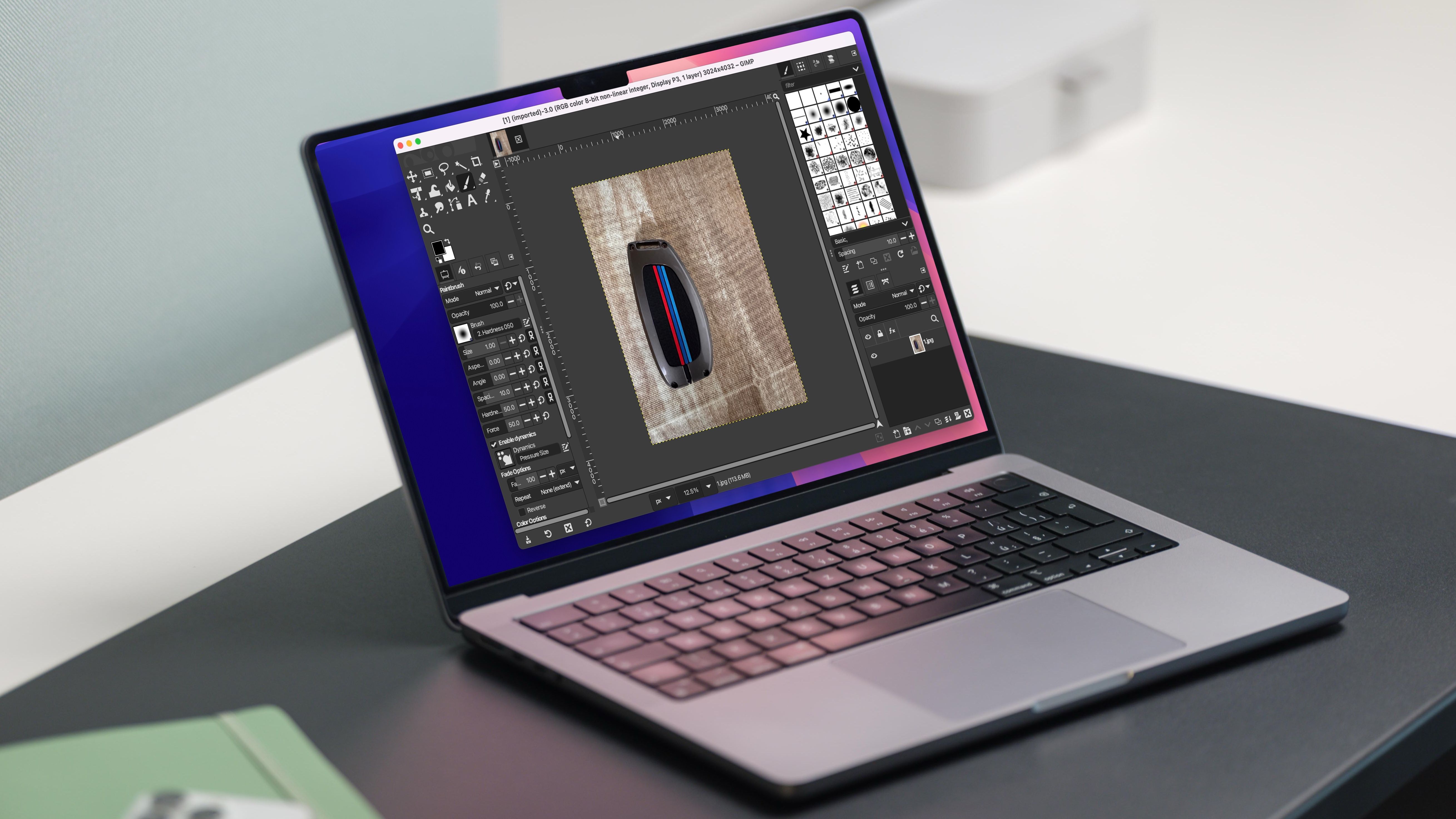
Related
Should you replace Photoshop with GIMP 3? Here’s my take after using both for a month
Is GIMP 3 worth the switch from Photoshop?
1
Better Symmetry Painting
It’s made for creatives
GIMP has had its Symmetry Painting feature for about a decade at the time of writing, whereas Photoshop only introduced it in 2018. This is likely why GIMP’s version feels more intuitive. As with many of GIMP’s features, the symmetry feature was built for creatives and artists who want to experiment, and not just mirror things perfectly (which is what Photoshop’s Symmetry Painting does).
Photoshop does offer more symmetry types, but they don’t come with the same level of customization. For example, in GIMP, you can easily adjust the axes, intervals, stroke types, and so on. This also lets you create asymmetrical patterns. Overall, it’s just way more experimental than Photoshop’s version.
My favorite part is that GIMP’s symmetry feature is locked into the tool behavior itself, so you can save it as part of your brush settings. Photoshop’s version works more like an overlay.

Related
7 reasons GIMP 3.0 might finally replace Photoshop for you
GIMP 3.0 finally feels like a real contender
GIMP isn’t just an alternative, it’s an upgrade in some areas
GIMP is more than just a Photoshop clone; it has genuinely powerful and unique tools that outperform Adobe in key areas. And because GIMP is free, open-source, and constantly evolving, we will likely continue to notice ways it outshines Photoshop.


